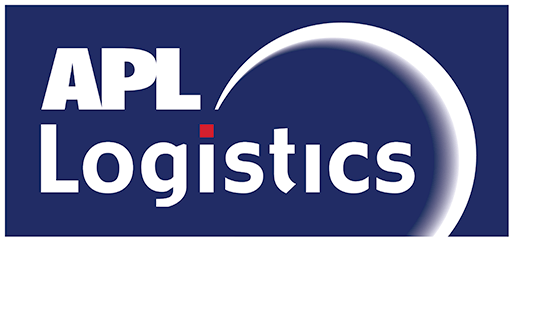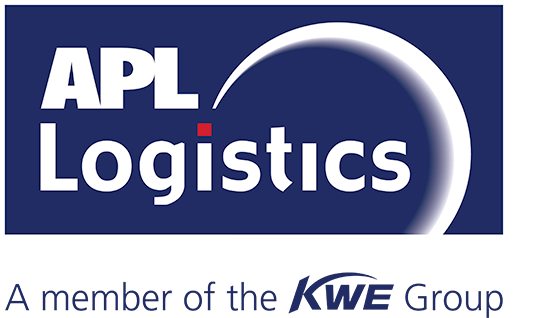December 13, 2023 in Articles
Sustainability Starts at the Source
How Following the UN Sustainable Development Goals Help You Build a Resilient, Efficient, and Cost-Effective Supply Chain
Our SDG Series explores the relationship between your supply chain and the United Nations Sustainable Development Goals (SDGs) — and how incorporating the SDGs impact your business and bottom line.
Supply chains are becoming larger and more complex — but the “distance” between the consumer and the extraction of a natural resource is shrinking. We are increasingly conscious of the impacts of our purchases.
Trash chokes our oceans and rivers, microplastics pollute our food chains, and unprecedented heat waves, natural disasters, and mass extinctions disrupt supply chains and everyday life. As combatting the climate crisis becomes increasingly urgent, consumer attitudes toward sustainability and transparency are shifting.
At APL Logistics, we have seen firsthand how sustainability is crucial for our planet and companies’ bottom lines. But where is the guiding light in this space? How can we show that increasing supply chain visibility and resiliency is paramount in optimizing environmental and operational performance? Who are the experts across issues of equity, pollution, energy use, consumption, and the complex myriad of considerations that go into creating a stronger, more responsible supply chain?
Enter the United Nations Sustainable Development Goals (SDGs).
What Are the SDGs?
The United Nations established 17 SDGs in 2015 to help overcome critical threats to our planet. The SDGs focus on eradicating problems such as poverty, global inequality, climate change, and the lack of affordable clean energy by 2030. The global agency has built out targets and indicators for each goal to measure their progress. The goals are “a shared blueprint for peace and prosperity,” an urgent call for countries, companies, and individuals to implement aggressive and necessary strategies to protect our shared future.
Every goal, as are the actions required from corporations to meet them, are interlinked.
At APL Logistics, we are guided by the SDGs in how we structure, drive, and report on our efforts to become more sustainable and equitable, year-over-year. We constantly strive to fulfill our obligations to the environment, our employees, and our customers, helping to organize and run the most efficient end-to-end operations.
How Can You Integrate the SDGs Into Your Supply Chain?
The SDGs were built upon decades of research and collaboration between the UN and countries across the globe. They are a compilation of best-in-class guidance and can be applied to help point your company’s supply chain efforts down a greener path. A few of the potential economic, environmental, and brand benefits include:
- Increased appeal to consumers and brand reputation —
75% of consumers are concerned about the environmental impact of the products they buy - Increased operational efficiency
- Reduced waste and emissions footprints
- Increased cost savings
- A competitive advantage or the ability to keep pace in the market —
8 out of 10 supply chain executives are increasing their focus on sustainability - Greater resiliency in the face of unexpected network disruptions
Making eco-conscious and socially responsible improvements to your supply chain can take time, and efforts will be ongoing and evolving, benefitting from emerging tech and new ideas. But even minor adjustments can significantly impact the short and long term. It is not too late or too inconsequential to begin integrating the SDGs into your business.
STEP 1: Assess what’s happening at the source
SDG 15: Sustainable Land Resource Management
Sustainable supply chains require a sustainable foundation. How do we analyze the management and use of natural resources? Are there opportunities to minimize ecosystem harm? Can we increase visibility and accountability into these operations?
SDG 15’s Targets include:
- Conserving terrestrial, forest, mountain, and degraded landscapes (15.1, 15.2, 15.3, 15.4)
- Protecting biodiversity and natural habitats (15.5)
- Incentivizing sustainable forest management (15.b)
As with many of the SDGs, Goal 15 addresses larger land management issues, with other targets focusing on invasive species or government planning. But the targets above are a strong starting place when considering unsustainable supply chain practices.
Higher-income countries leave a larger environmental footprint than lower-income countries, but the latter are more likely to bear the cost. The materials that high-income countries consume often originate from industrialized, developing nations, where communities and economies are most vulnerable. The production and extraction of raw materials are responsible for half of the world’s carbon emissions and more than 80% of biodiversity loss. This is especially concerning in the lower-income countries that provide valuable ecosystem services that global supply chains rely on.
Unsustainable resource management also drives deforestation, reduces biodiversity, contributes to water scarcity, and exacerbates human rights and labor violations. Ecosystems and communities suffer globally, and instability can force migration, compounding global inequalities (SDG 10).
What can I do to prevent resource degradation?
Start by ensuring that your suppliers are sourcing ethically and environmentally soundly. This is vital to preserving our planet’s ecosystems while providing opportunities and fair wages to the communities immediately impacted by resource extraction. Vendor vetting, expectations, and visibility are crucial for doing your part to prevent raw material abuse and mismanagement.
Look for international certifications that show sustainable sourcing, including Fairtrade, the Programme for the Endorsement of Forest Certification (PEFC), Forest Stewardship Council (FSC), and WaterSense. Look for raw material certifications that show they come from responsibly managed forests or conflict-free mines, and, if possible, conduct on-site visits to evaluate a supplier’s commitment to sustainability. Educate stakeholders on the importance of sustainability to invest in suppliers that prioritize these practices.
These changes directly impact additional SDGs:
- 6 — Clean water and sanitation. Access to clean water, which is crucial for global health and community growth, is jeopardized with unsustainable sourcing.
- 7 — Affordable and clean energy. Improving supply chain sustainability increases demand for alternative renewable fuels and supplier diversification
- 8 — Decent work and economic growth. Ethical sourcing practices ensures fair wages and financial opportunities for local communities.
- 10 — Reduced inequalities. Low wages, poor labor conditions, and environmental upheaval, among other issues, can destabilize communities, eroding opportunities for growth or forcing migration.
- 13 – Climate action. Sustainable sourcing can help reduce carbon emissions and the impact on ecosystems to protect the climate.
- 14 – Life below water. The pollution and environmental impact of unsustainable sourcing can impact marine life and our oceans.



